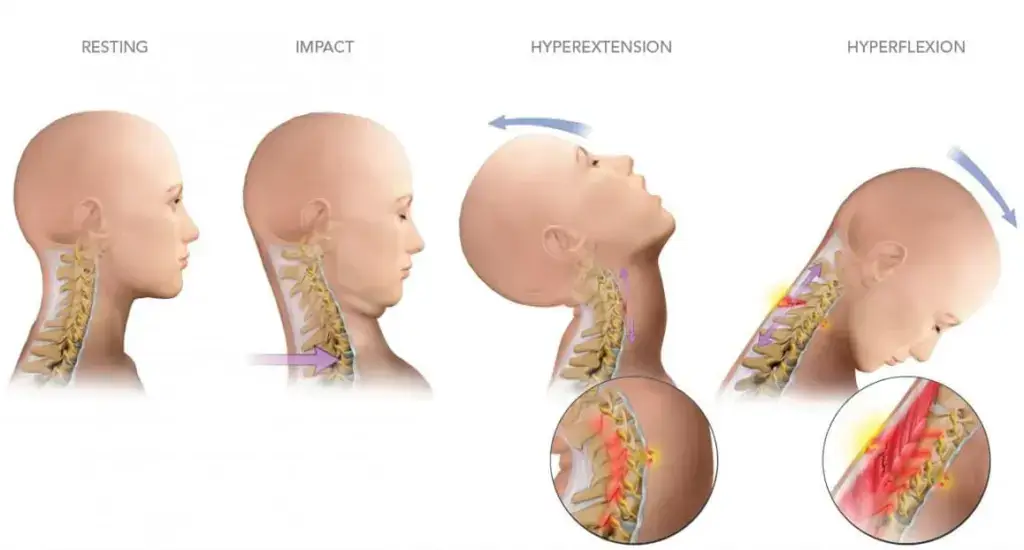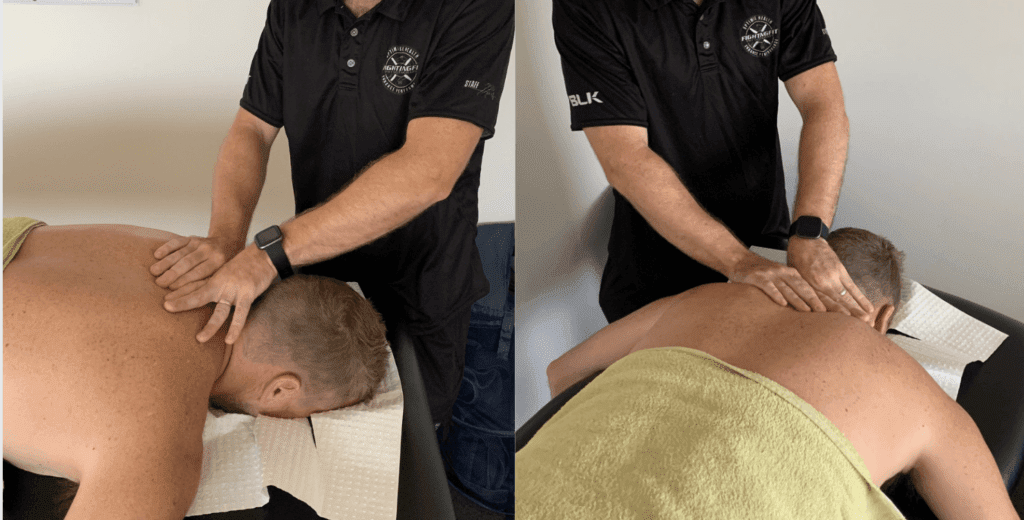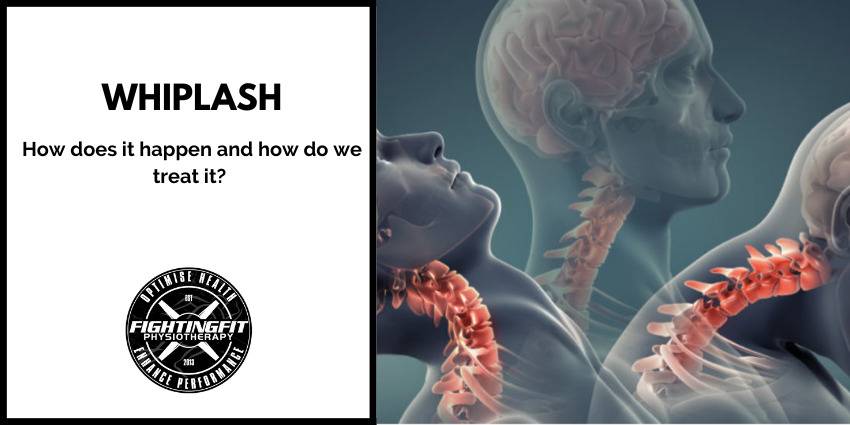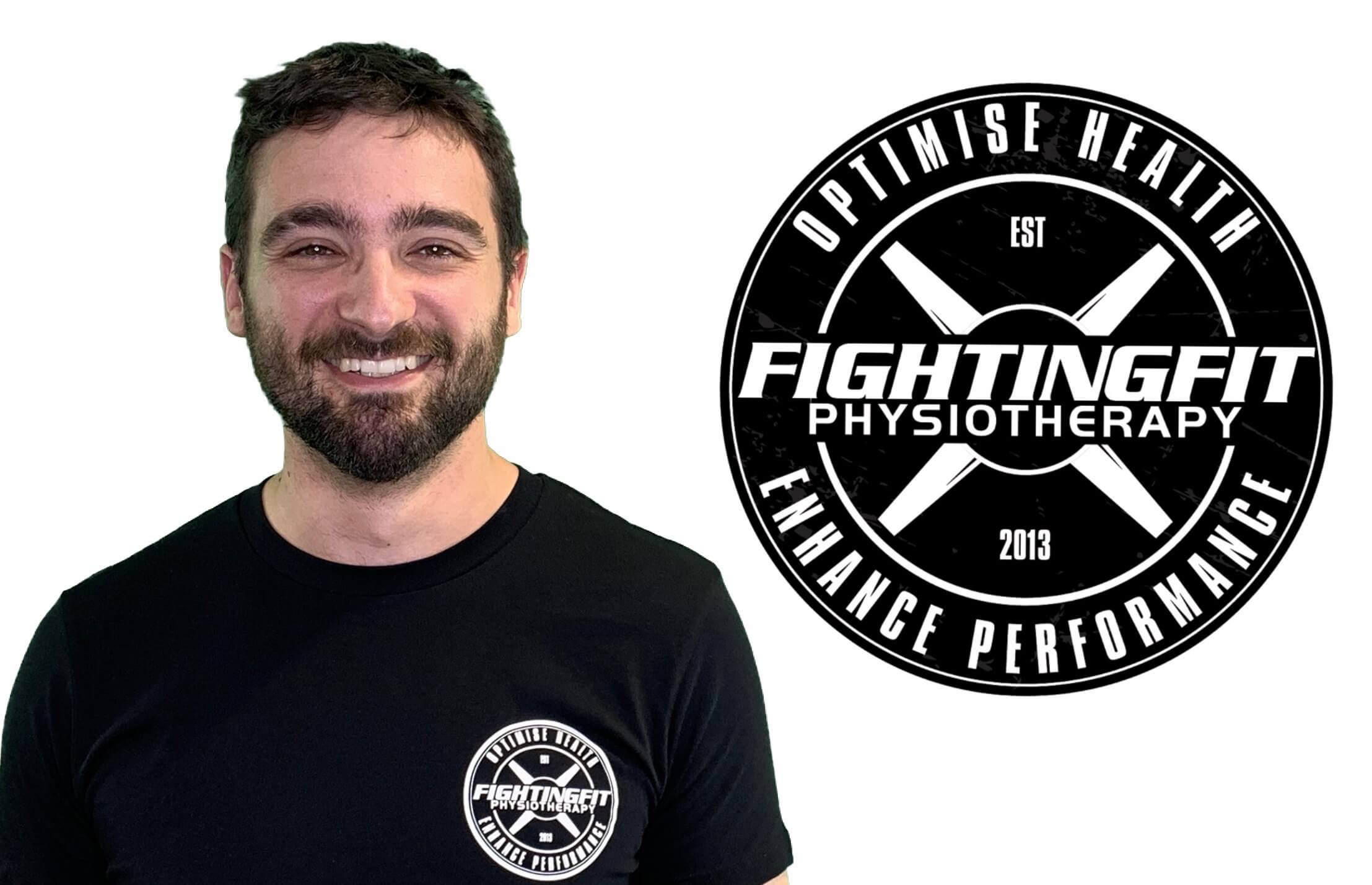How To Treat Whiplash
How To Treat Whiplash!
What is Whiplash?
Whiplash is a common condition that affects people following a high velocity trauma to the head and neck.
You are probably thinking a car accident and that you are already all over this blog content.
Yes, you would be right, a car accident is one of the most common.
But you would be wrong and naïve thinking that is the only thing that causes whiplash!
So do your neck a favour and read this whole blog.
There are many other traumas, small to large, that can cause a whiplash.
Many people miss the not so common causes of whiplash and gone on to experience neck pain and whiplash symptoms months to years later.
Common causes of whiplash:
- A fall onto the ground, either from your feet or a height.
- A push in the back
- A tackle in footy
- Your kid jumping up and swinging off your head
- A punch in an assault
- An unsuspecting soccer or football to the head
- A sudden jolt from hitting a big bump or hole while in the 4WD
Many of these can cause a mild up to severe episode of whiplash. It all depends on the velocity of movement or impact to the head and neck.
We have seen all these in the clinic. Often the above reasons and causes are to the surprise of the patient when we explain the event causing the problem they are experiencing.
Remember, any high velocity thrust event, expected or unexpected, to the head on the neck can create a whiplash.
Common signs and symptoms of a whiplash may be similar. However, always vary in intensity and duration from person to person.

Whiplash will be associated with three main complaints.
- Neck Pain +/- headache
- Stiffness
- Loss of movement in the neck.
These symptoms can last anywhere from days in a mild presentation, to months and years in the more severe or chronic cases. They can even rear their ugly head many months or even years after the initial event and symptoms clearing!
Often a person will think they were 100% recovered, but left untreated or poorly managed, whiplash will almost always leave behind issue’s unbeknown to this person.
This is because the whiplash event changes a number of things within the nervous system:
- It changes the position sense of the joints of the neck disrupting the necks awareness of where the head is in space.
- It changes the firing pattern and signal from the brain to the muscles of the neck and surround areas including the shoulder and thoracic spine.
- It creates weakness and atrophy (shrinking) of muscles that hold your head up and in the most optimal position in space.
This compounds like interest on your mortgage. It keeps adding up!

So here is what to do!
In mild cases, Panadol is sufficient for pain, keep the neck moving and normalise everything within 3 to 14 days. If your experience longer lasting symptoms or further pain, ensure you seek treatment HERE.
In moderate cases, you can expect more pain, more stiffness and a greater degree of loss of movement in the neck. Pain will often settle within 3 to 14 days, stiffness may last up to 6 weeks with gradual restoration of normal movement and function within 12 weeks.
Out of these moderate cases, 100% of them need addressing with a progressive form of treatment. This includes graded strength and movement based exercises to address stiffness, weakness and proprioception (joint position sense).
In addition, manual therapy at the correct stages of healing and symptoms works great. However, be warned, if you use manual therapy too early will exacerbate your condition and possibly lengthen your prognosis. So don’t expect it to make a magic fix early on!
Be aware, if you have been given an opiate form of medication (Panadiene Forte, Endone or stronger), it important that a weaning and cessation of medication occurs within 1-2 weeks of injury don’t keep on these drugs for many weeks or months. Your prognosis seriously sucks if you do!
In a severe case, a similar course of treatment is required to moderate cases, but will be much more intensive.
Symptoms may continue for anywhere from 6-12 months episodically. It is important that once symptoms ease (and they will), monitoring of strength and function should continue for 12 months to ensure long term outcomes and avoidance of chronic issues with the neck.
Big TIP! Ensure you don’t stop exercise in that 12 month period, within a few weeks, things will begin to slowly go backward and the work put in will be lost.
Dean is a registered Gold Coast Physiotherapist with undergraduate and postgraduate studies in Human Movement and Exercise Science. His background has developed his vision for Fighting Fit Physiotherapy to focus on optimal health and peak physical performance for every single patient. Utilising his many qualifications, in depth knowledge of the body and passion for exercise he can provide a holistic approach to your treatment and exercise prescription to get the best outcome.
Dean is a registered Gold Coast Physiotherapist with undergraduate and postgraduate studies in Human Movement and Exercise Science. His background has developed his vision for Fighting Fit Physiotherapy to focus on optimal health and peak physical performance for every single patient. Utilising his many qualifications, in depth knowledge of the body and passion for exercise he can provide a holistic approach to your treatment and exercise prescription to get the best outcome.









